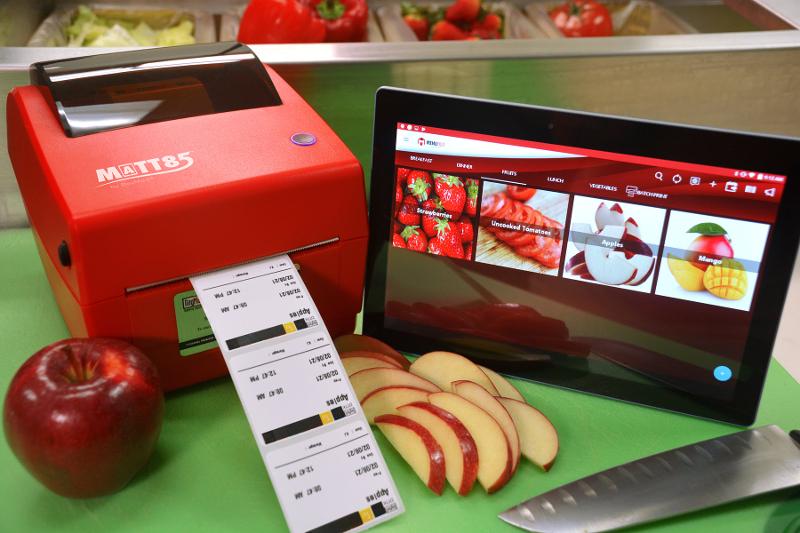Automation Eases Restaurant Staffing Shortages
Posted on 2nd Nov 2021
 By investing in a more efficient and effective technology solution, restaurant owners are able to enhance operations and address their current staffing issues.
By investing in a more efficient and effective technology solution, restaurant owners are able to enhance operations and address their current staffing issues.
Staffing challenges continue to cause headaches in the restaurant and food industry. With summer over, the problem has worsened as seasonal student employees have gone back to school. The recent surge in COVID-19, caused by the spread of the delta variant, is also adding to the strain as more people–and workers–test positive for the virus.
The scarcity of workers is forcing restaurant owners to make do with a smaller staff. Many restaurants have turned to technology to create more efficient operations and to optimize their use of staff and resources. Even before the pandemic, bars and restaurants were using technology for reservations, ordering and tracking safety practices; however, since the pandemic, many have invested in technology designed to reduce contact and maintain distances.
The technology advantage
Restaurant owners who are challenged by the high cost of recruiting, hiring, training and retaining staff will find that automating their kitchens can simplify certain tasks and bridge staffing gaps. Innovative technology can increase the effectiveness of handling day-to-day responsibilities, such as employee scheduling, food-prep tasks, equipment cleaning and tracking incoming shipments of products.
Kitchen automation is a cost-effective solution with long-term benefits. An automated kitchen can increase productivity and reduce the chance of error. One such system, the MenuCommand® Kitchen Automation Platform by DayMark, provides applications for task management, receiving, menu labeling and temperature monitoring. Using a web portal, restaurant management can document the progress of ongoing operations in both the front- and back-of-house quickly and efficiently with a variety of tools that address the assignment and tracking of tasks, flexible scheduling, employee training and recording daily health details–including temperature measurements–if necessary.
These automated platforms are also becoming more widely available. DayMark, for example, recently announced that its food safety labeling application, MenuPilot®, is now available on both Apple and Android tablets. The app had historically only been available on Android devices; however, many operators have shown a preference for Apple iPads for use in ordering and other front-of-house activities due to their easy-to-learn interface, layers of security to protect against viruses and seamless integration between hardware and software.
Whether it’s used on an iPad or an Android device, MenuPilot provides centralized management and the communication of menu data and training materials to foodservice operations through the cloud.
By investing in a more efficient and effective technology solution, restaurant owners are able to enhance operations and address their current staffing issues. This also allows them to breathe a little easier when it comes to managing critical operations.
Article originally appeared on the Restaurant Business website


